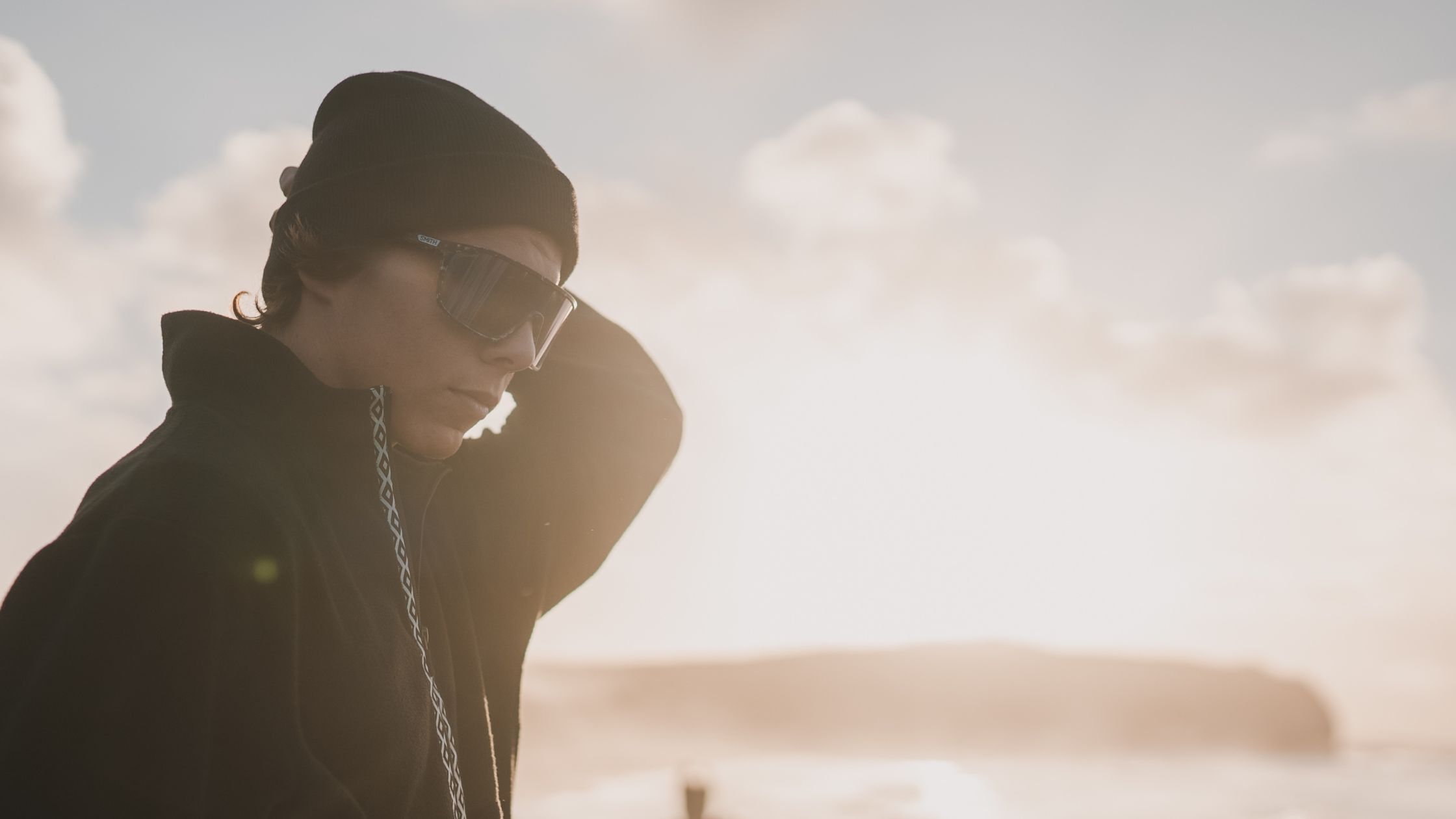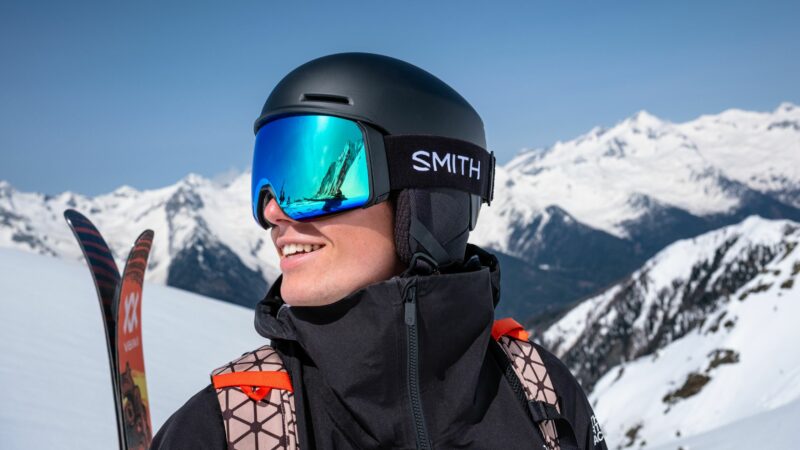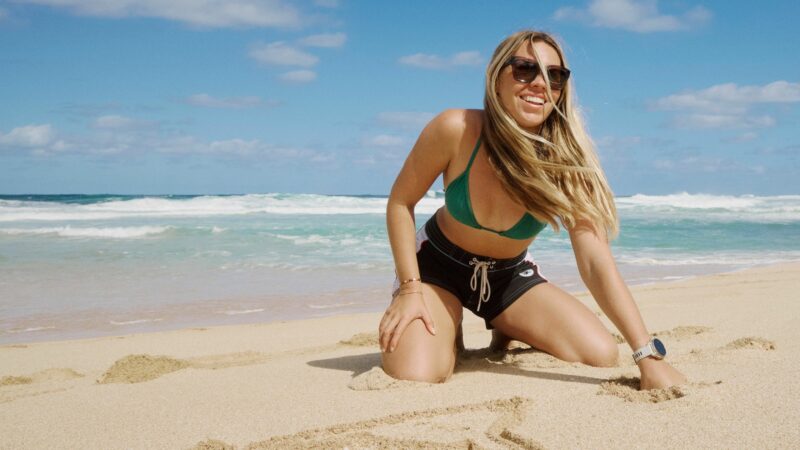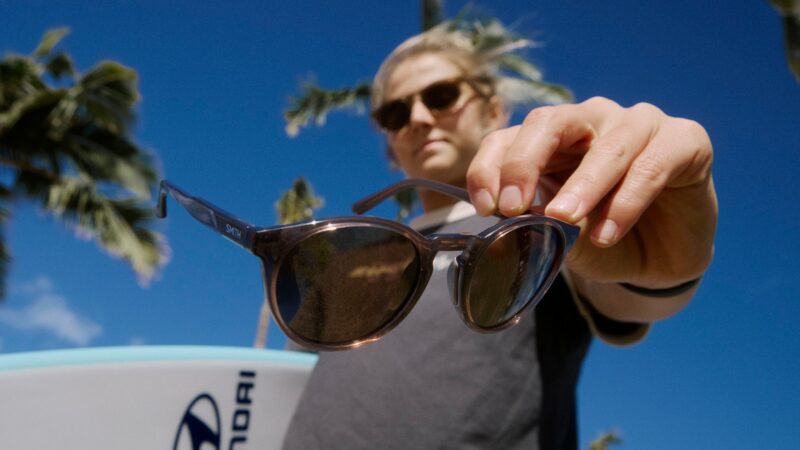What is Base Curve and How Can it Help You Pick Sunglasses?
When it comes to sunglasses, there are a lot of technologies and technological terms that go into describing them and what they’re good for. A lot of them might be familiar to you, like polarization or ChromaPop™, but other terms like VLT or bridge width might leave you scratching your head.
One super important factor when picking the right pair of sunglasses for you is figuring out what kind of base curve you need. But what is base curve and why does it matter?
What Does Base Curve Mean?
Base curve, also known as base wrap, is the radius of the sphere measured from the front of the lens and lets you know how much the lenses of a pair of glasses or sunglasses curve around your face.
We feature styles with 4, 5, 6, and 8 base lens curvature as well as 7×4 and 9×3 toric lens curvature. Models that include a 4 base curve tend to be flatter relative to your face. While 8 base styles provide the maximum amount of wrap around your face.
Which Base Curve Should You Get?
Different base curves have different advantages and disadvantages. We’ll go through the pluses and minuses of each so that you can decide which would be best for your conditions and activities. One thing to keep in mind is that shield-style sunglasses and dual lens sunglasses (frames that have two separate lenses in them) can have the same base curve, but offer a different amount of wrap since the shield-style lenses follows the same curve the whole way across your face, while dual lens sunglasses split that curve in two and the lenses can be positioned a little bit flatter in the sunglasses frames.
Base Curve in Dual Lens Sunglasses
- 4 – The flattest of the base curves, most prescription glasses have this base curve because it allows you to put the highest prescription possible. The higher base curve the frame has the more it limits your prescription options. Glasses and sunglasses with a 4 base curve are great for day-to-day and casual use, but won’t block much wind or sun from your periphery. Some of our best sellers with this base curve are the Lowdown 2, the Contour, and the Sway.
- 6 – This base curve provides a modest wrap-around fit, for some wind and sun protection while maintaining a stylish look which is why it’s one of the most common base curves you see in our sunglasses. Some of our best sellers with this base curve are the Embark and the Shoutout.
- 8 – With an 8 base curve you get a true wrap-around fit. The high wrap of these types of sunglasses make them great for windy days on the water, or speeding down a quick descent on your bike. Best sellers with this base curve are the Guide’s Choice, the Arvo, and the Hookset.
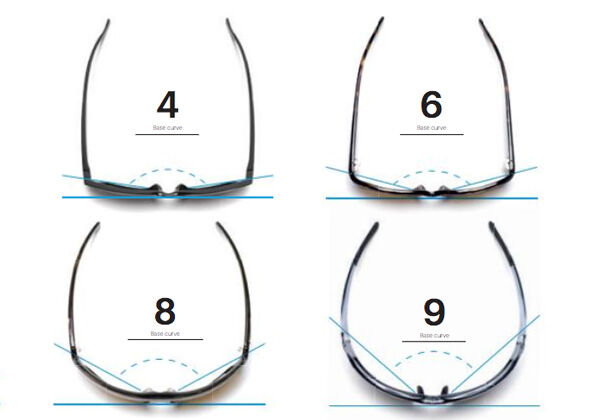
Base Curve in Shield Style Lenses
In addition to classic two-lens style sunglasses, the base curve shows up in shield-style sunglasses in a slightly different way. Sunglasses with two lenses set in a frame don’t have to follow the base curve as closely because it can be broken into two chunks (the two lenses) but a shield-style lens will follow the same curve across the width of the sunglasses. This means that shield-style sunglasses will feel more wrapped than dual-lens sunglasses with the same base curve.
We also offer shield-style sunglasses with toric lenses that have a 7×4 toric base curve. The best way to explain the toric shape is to imagine cutting a chunk off of the side of a bagel, not exactly spherical but in the same ballpark. Because these lenses curve in multiple directions rather than just across, they can sit even closer to the face providing more coverage. Styles with a 7×4 toric lens include the Ruckus, the Flywheel, and the Momentum.
Finding the right sunglasses for your activity can vary based on your personal preferences, some people love running in the Wildcat because the 5-base curve on a shield-style lens gives you more air circulation while others prefer the full wraparound fit of the Resolve.
Still not sure which is right for you? Try on a few pairs in-store to see what feels best or check in with the experts on our customer service team.
